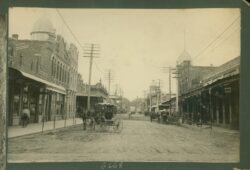History
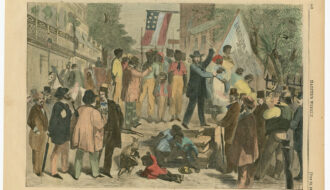
Domestic Slave Trade
The domestic slave trade, central to the economic growth of Louisiana, destroyed enslaved people’s families, wreaked havoc in their communities, and killed many, despite their attempts to resist.

The domestic slave trade, central to the economic growth of Louisiana, destroyed enslaved people’s families, wreaked havoc in their communities, and killed many, despite their attempts to resist.
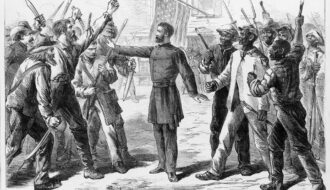
After the Civil War, the Freedmen’s Bureau sought to provide social services to newly freed people, regulate contracts between laborers and employers, and protect citizens’ civil rights.
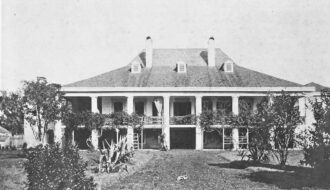
After the Civil War, the federal government briefly operated places of refuge for sick, injured, and elderly formerly enslaved people that proved both benevolent and coercive.

Ozeme Carriere led one thousand guerilla fighters, including enslaved people and free people of color, in resisting the Confederate draft.
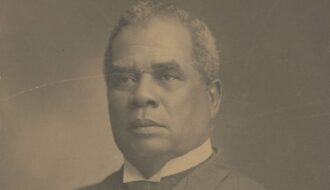
Born enslaved in Ascension Parish, Pierre Caliste Landry became the first Black mayor in the United States in 1868.
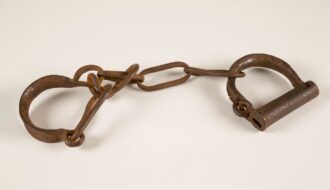
The rebellion of enslaved people aboard the ship Creole resulted in the self-liberation of more than 120 people.
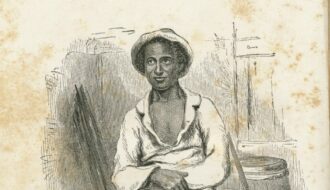
Solomon Northup, a free Black New Yorker, was kidnapped and sold into slavery in 1841, spending twelve years enslaved on Louisiana plantations before regaining his freedom.

The rise and fall of a Reconstruction experiment
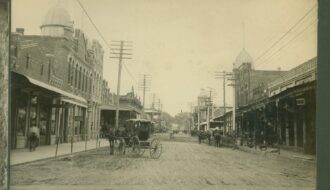
Freedwoman Eliza Dorsey’s struggle for a Civil War pension
One-Year Subscription (4 issues) : $25.00
Two-Year Subscription (8 issues) : $40.00
